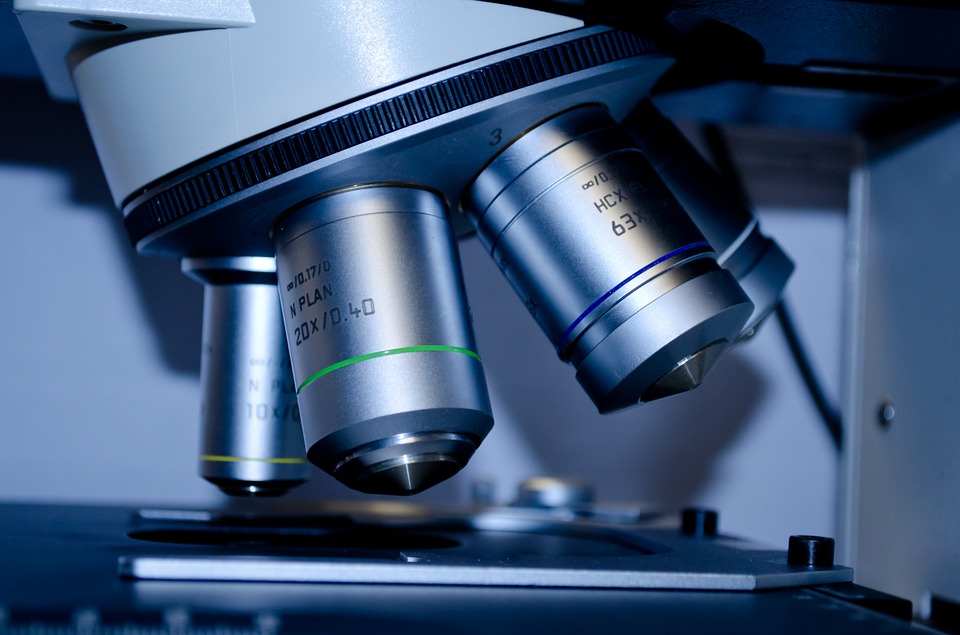New Technologies that are Changing Healthcare

 Affordable care act's have a new model, and it has hospital leaders looking for efficient ways to improve the quality of care while at the same time reducing the cost. While there are hundreds of technologies that have emerged and are improving the way care is delivered, only a few are really beneficial to both the patient and the caregivers.
Affordable care act's have a new model, and it has hospital leaders looking for efficient ways to improve the quality of care while at the same time reducing the cost. While there are hundreds of technologies that have emerged and are improving the way care is delivered, only a few are really beneficial to both the patient and the caregivers.
1. Mobile Stroke Units
Statistics show that one in three patients that have the 911 called because they have suffered a stroke do not make it to the ER alive. Even more worrying is the fact that when an ambulance is directed to a lesser crowded ER; the patients are more likely to die within the year. These are some of the reasons that motivated the people who invented the mobile stroke units to make it happen. MSUs use ambulances that are specially outfitted and telemedicine to perform blood tests, CT scans and TPA before the patient gets to the hospital. As a result, the chances of the patient’s survival increase by 70 percent. The possibility of the stroke recurring is also lowered significantly.
2. Miniature leadless pacemakers
Pacemakers are a lifesaver for patients with problems such as arrhythmia. However, the conventional pacemaker implantation comes with its own risks. These include clot development, pacemaker infections, air leaks and pacemaker malfunction. These are conditions that affect one in 50 to one in 100 pacemaker patients. The new leadless pacemakers are smaller than the conventional ones making them less likely to create problems. They are also implanted on only one of the heart chambers, making the procedure less risky.
3. Wireless Wearable Sensors
The introduction of Smartphones brought along the possibility to create phone applications that would help monitor people’s health from a distance. These apps range from the simple wellness apps that measure one's exercise levels per day to more important apps that help manage chronic and life threatening conditions. The wearable sensors send real time data to hospitals about the condition of the patient and when properly utilized, could help manage their health.
4. Warm Donor Organ Perfusion Systems
It is estimated that 6,000 people receive organ transplants every year. Unfortunately, another 1,500 die while waiting for their turn. One of the reasons these patients do not get the organs in time is that most of the organs get ruined in the process between harvesting and being delivered to the recipient. The new technology will allow for perfusion which will improve the viability of the organs as they get transported from the donor to the recipient. This will significantly reduce deaths that can be avoided.
5. 3D Printing
The development of 3D printing holds a lot of promise to the medical community. Researchers at the UCL School of pharmacy have been experimenting with the concept.
Through 3D printing, it will be possible to develop prosthetics and other devices that aid patient recovery within a matter of minutes. The accuracy that has been exhibited by 3D printing in other areas of fabrication is enough evidence that its introduction to the world of medicine will bring many benefits. For now, MedShape has gotten FDA approval to use a 3D device that treats bunions. Bigger and better things are expected to follow. Other technologies that belong here include enterprise imaging technologies for scans, MRIs and X-rays.
6. Telepresence and Telemedicine
The most venture capital investment in medicine in the year 2014 went to telemedicine. Firms such as Doctor on demand are making affordable and reliable primary care for patients. The clinical development process is also making a lot of gain from the advent of telemedicine.
For these technologies to achieve their desired goals, they will have to:
• Speed up the clinical development process.
• Communicate simply and easily to stakeholders in the medical community.
• Create new business models
Only by making these changes will the new technologies maximize their usefulness to their patients and improve the manner in which healthcare services are delivered to mankind.
(This article was originally published on November 21, 2016)